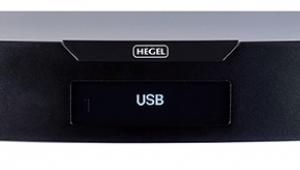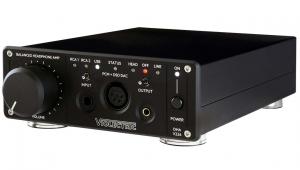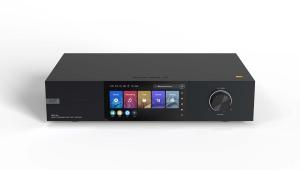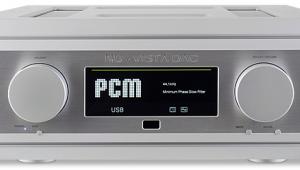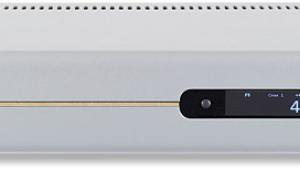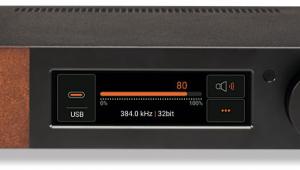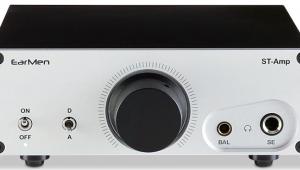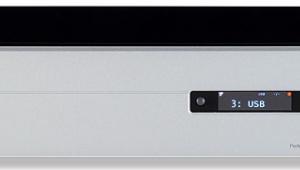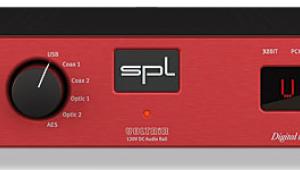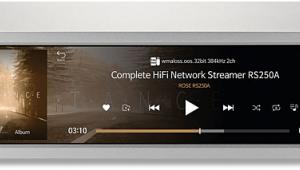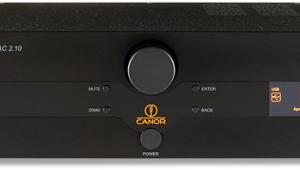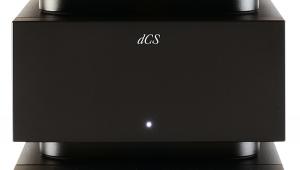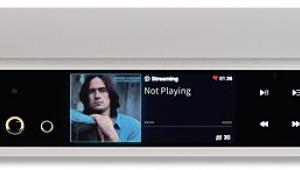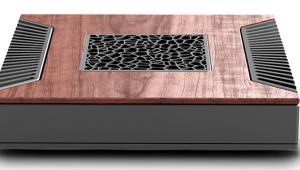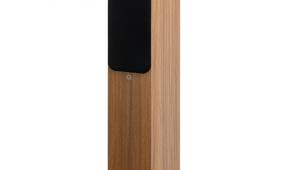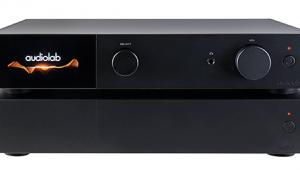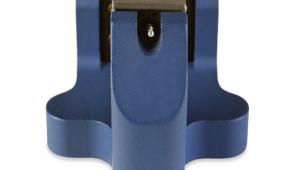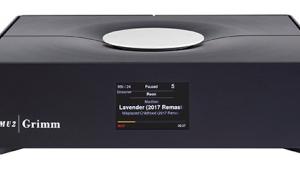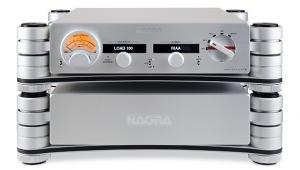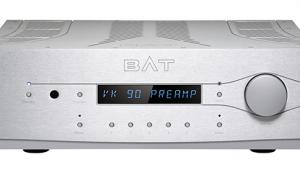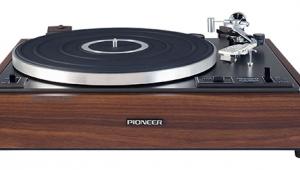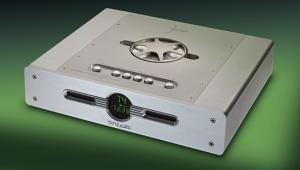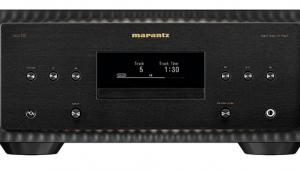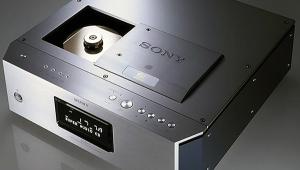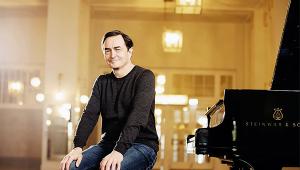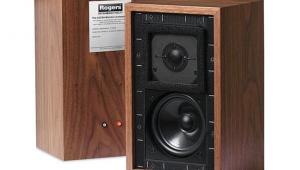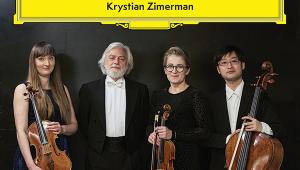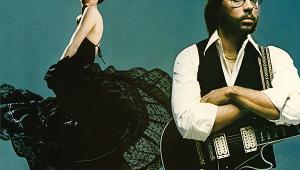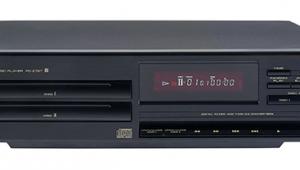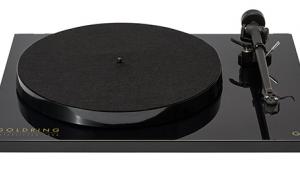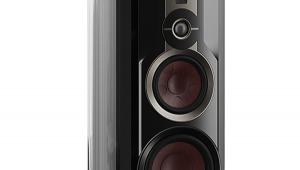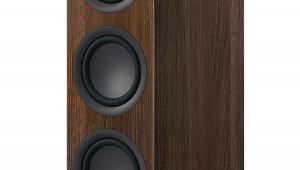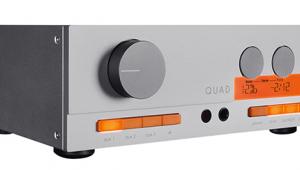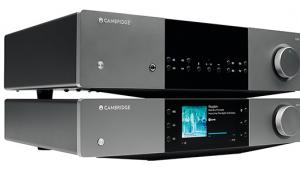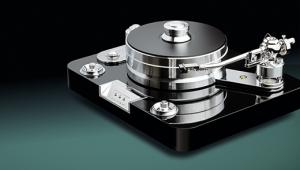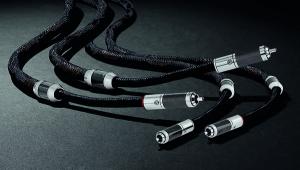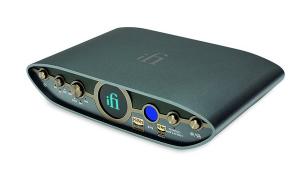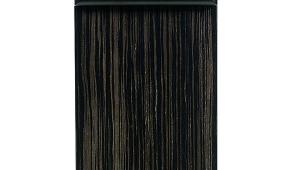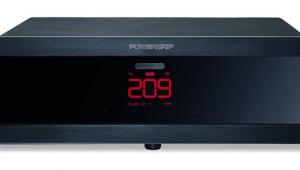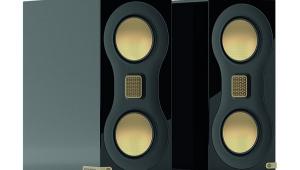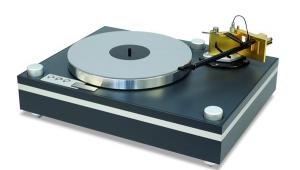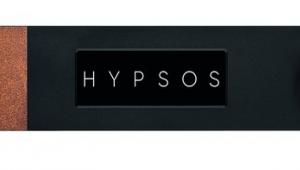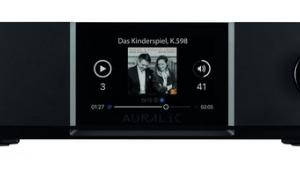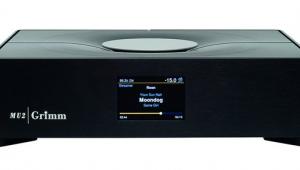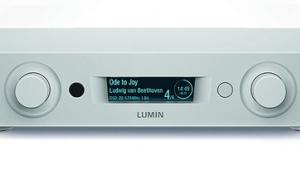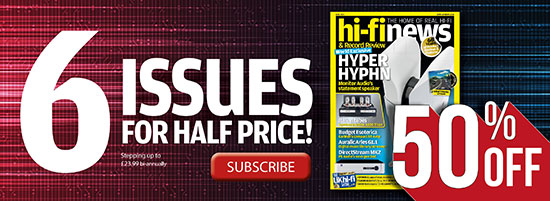Weiss DAC204/PSU102
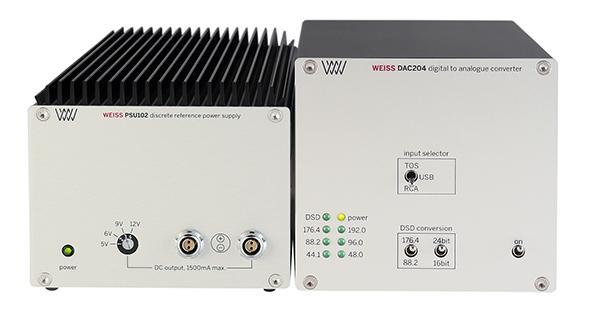

Today’s digital audio world, having largely switched from the playback of physical media to files stored on computer drives or streamed from the Internet, seems populated by products of ever-greater complexity. They may still be DACs, but they have built-in network streaming interfaces and often volume and preamp functions so they can drive power amps, or active speakers, directly. Sometimes they do all that and more, thanks to Bluetooth, Chromecast and even integrated voice control.
The Weiss DAC204 does none of those things. This ‘entry-level’ model in the Swiss manufacturer’s range, in its compact black casework with silver fascia and selling for £3050, is just a DAC – no display, no menus, no app, no volume control. Just digital ins and analogue outs, plus a few switches to flip to set up its operation. In fact, the only option is the addition of the company’s PSU102 outboard PSU in place of the standard plug-top supply.
Box clever
In a similarly sized housing to that of the DAC itself, this £2400 fully regulated unit offers two outputs – a cable to connect a second device will set you back an extra £200 – and can deliver 6, 7.5, 9 or 12V, selected via a little slot-headed switch beside its pair of Fischer two-pin sockets. We’ll come to the effect of adding this power supply later.
For all its apparent simplicity, it seems Weiss’s marketeers can’t resist comparison between the DAC204 and that other famous Swiss export, the army knife. Until you get to the extremely pricey DAC501 [HFN Dec ’18] and 502, at £8700 and £9800 respectively – which do have all that DSP and network rendering onboard – this is the company’s most comprehensive digital-to-analogue solution. It’s able to handle both DSD and PCM data, and offers the option of taking in the former and outputting the latter to a downstream device via a choice of digital outputs. That latter function is inherited from the company’s £1700 INT204 DSD Digital Interface, which offers similar format conversion but no DAC functionality.
Pro heritage
As with all Weiss products, the DAC204 is built with an eye to its use in professional environments as well as domestic listening rooms [see boxout]. The brand’s pro heritage is also reflected in the way the DAC and its optional power supply are constructed, with thick, substantial casework for durability, and simple, clear controls. USB-B, Toslink optical and coaxial ins are toggled via the DAC204’s front panel, though the green LEDs only come into play when the USB input is used, indicating sampling frequencies from 44.1kHz up to 192kHz, plus DSD.
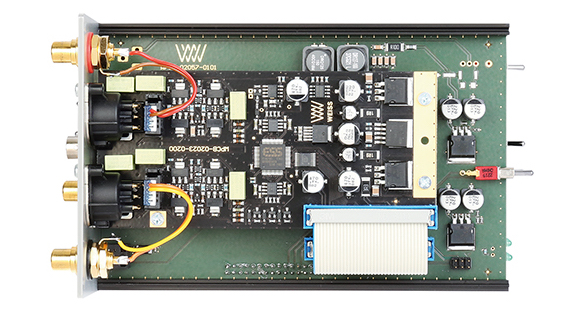
It’s when DSD64/128 data is being received that the two ‘DSD conversion’ switches come into play, allowing the choice of (synchronous) downsampling to 88.2kHz or 176.4kHz, with 16- or 24-bit word lengths. The recommended setting is 176.4kHz/24-bit, the 88.2kHz option being offered in case a DAC of different capabilities is used with the DAC204’s digital output. So, yes, the DAC204 has no native DSD capability, but instead converts to PCM, and indeed PCM data via USB beyond 192kHz is also downsampled – 352.8kHz to 176.4kHz, and 384kHz to 192kHz. Incoming data up to 192kHz passes to the DAC section in native form.
At its heart beats a tried-and-tested ESS Sabre 9018 DAC, and there’s no faffing about with digital filter settings – Weiss has made its choice and locked it in, which is just as it should be. Indeed, the principle DSP at work here involves the input data reclocking, this playing a major role in the down-conversion of high-res signals to the DAC’s 192kHz/176.4kHz ‘comfort zone’. The design also claims ‘extremely efficient’ jitter attenuation [see PM's Lab Report].
Beyond that, this little Weiss DAC is just an example of ‘simple is as simple looks’, the only other controls on offer being a pair of rear-mounted attenuator switches [see boxout] offering 10dB and 20dB reduction in the analogue output level. Used together these two toggles provide four settings, the equivalent of offering an output of 0.115V to 3.75V at the RCA unbalanced outputs, and double those values on the balanced XLRs.
![]() On the right path
On the right path
Even in its ‘from the box’ configuration, with the standard power supply, there’s a purity and directness to the DAC204’s sound that’s all but impossible to question. Aside from those who like their music enriched, smoothed and buffed to within an inch of its life, the sense of an unbroken path from recording to speakers is hard to ignore. Rarely have I heard a DAC so able when it comes to getting out of the way of the music, and even when playing DSD recordings processed through Weiss’s self-imposed 176.4kHz/24-bit ‘bottleneck’, the DAC204 made a more convincing fist of creating an enthralling experience than many a device with more complex native DSD data-handling strategies.
For example, playing the LSO/Gergiev 2015 Barbican recording of Rachmaninov’s Symphony No 1 [LSO0784, DSD64], the DAC204 instantly delivered that shiver of concert-hall presence while presenting the orchestra spread before the listener as a complete picture, from the silky strings to the sheer low-end power of the basses and the percussion. It’s easy to be slightly taken aback by the theatrical brilliance of the sound when one’s used to music being presented through a distance filter or treated to close-up spotlighting, but there’s nothing artificial about the way the DAC204 plays a fine recording. Of course, unless one was at the performance or in the mastering suite, it’s hard to opine about accuracy, but the DAC204 gives the impression that things are being played exactly as they should be.
Highs and lows
It’s not just about the information being delivered. Instead, the ‘Weiss sound’ is all about communication with the music – all music. Playing a new recording of hymns performed by the choir of Merton College, Oxford [Delphian DCD34322], the impression was immediately of the substantial space in which the music is being performed, the high voices of the ‘Girl Choristers’ soaring into the air, underpinned by the weight of the low voices, and the organ swelling behind them. It’s not just the music, or even the recording; it’s the sense of being there that’s the magic the DAC204 delivers.
This DAC makes everything it plays seem ridiculously easy. The demo version of The Police’s ‘King Of Pain’ on the Synchronicity ‘Super Deluxe’ set [UMC/Qobuz download] is a long way from the brooding final cut with its jaunty backing track and Sting’s bass as prominent as his voice. Yet it still sprang from the speakers in a mix of surprise and delight, the warm yet fast bass as impressive as the wide-open midband and crisp – yet never harsh – treble.
But forget all that audiophile nicety, or rather just take it for granted and park it. Much more to the point is just how enjoyable a listen this tiny converter delivers, from the punch of Stewart Copeland’s drums when the band is motoring to the way the bass and guitar snake around each other.
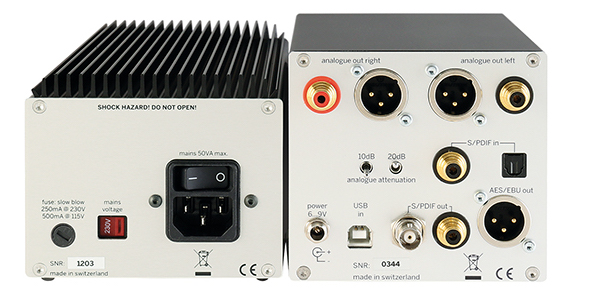
Delicious, too, was the immediacy of Al Di Meola’s ‘four years in the making’ Twentyfour set [earMUSIC/Qobuz download, 96kHz/24-bit]. Building on the promise of the single ‘Fandango’, the album blossoms out from the guitarist’s bravura acoustic playing into a soundscape packed with percussion and strings and woodwind, brass and all things joyous. It’s a superbly enticing feel-good listen, in which every guitar note sings in the ears, and especially when played through the lush but breezy DAC204.
Taking hold
It’s hard to pick out the strengths of this Weiss DAC or, more to the point, single out any weaknesses, so well does it convey everything from the quality of a recording to the performances it contains. Play a meticulous compilation like the MPS label’s 2024 Reunion In The Black Forest – The Sounds Of MPS Vol. II, available through Qobuz in 96kHz/24-bit guise, and from the hard-driving swing of The Count Basie Orchestra’s ‘The Lady Is A Tramp’, to Oscar Peterson’s crisp ‘On A Clear Day (You Can See Forever)’ or Ella Fitzgerald’s take on ‘Hey Jude’, the DAC204 will drag you into the heart of these magical performances and hold you there.
So, with so much to like about this DAC as it comes out of the box, what of that add-on power supply? Well, having first dialed up the PSU102’s DC to the 9V maximum the DAC204 accepts, it was time to revisit some of the tracks mentioned above, plus a few more, and assess the performance of what was now a £5450 DAC. And yes, the PSU/DAC combination unearthed even more of the character of voices and instruments, making clear the switches clattering away in a Hammond organ, or the slight catch in the vocals of a well-seasoned singer, and made even more explicit the recorded ambience.
Meanwhile the big slam of an orchestra hits with even more weight behind it, as was obvious on the St Louis SO’s Wagner Overtures And Preludes [Vox VOX-NX-3044CD; 192kHz/24-bit download], and all without any loss of all that wonderful detail. But is the power add-on a must-have? If money’s no object, then it’s certainly worthwhile – but the true pleasure is what the DAC204 can achieve unaided. The upgrade can wait...
Hi-Fi News Verdict
Tiny enough for a desktop set-up, yet with a sound big, detailed and open enough for even the highest of high-end systems, the little Weiss DAC204 is nothing short of sublime. Purists may argue with its strategy of shoving everything down a 192kHz/24-bit pipe, but here simplicity quite obviously pays off in a sound as enchanting as it is technically impressive. Time to print off another of those ‘Small Wonder’ badges…
Sound Quality: 88%
